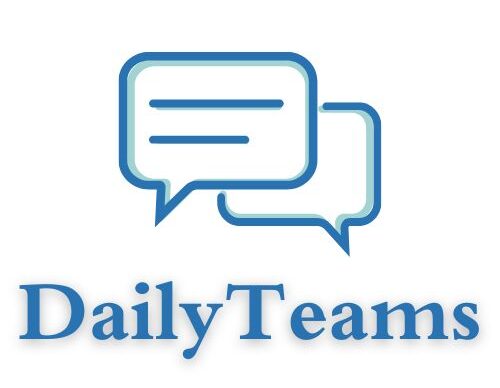Imagine a test covering Chinese, English, and math that helps all schools in Hong Kong see how their students are doing—not by ranking kids, but to improve teaching and learning overall. That’s the Territory Wide System Assessment (TSA), a tool used to help teachers, schools, and the Education Bureau understand students’ skills and plan smarter lessons.
What is Territory Wide System Assessment?
TSA is a standardized check-up for students in Primary 3, Primary 6, and Secondary 3, covering three subjects:
-
Chinese Language
-
English Language
-
Mathematics
It began in 2004 and is run by Hong Kong’s Education Bureau and HKEAA (Hong Kong Examinations and Assessment Authority) . It’s not about ranking schools, but about giving big-picture data to teachers and policymakers so they can improve education—no pass/fail for students .
How TSA Works (Plain & Simple)
-
Tests every year for P3, P6, and S3 students in Chinese, English, and math
-
Low-stakes—kids don’t get grades; teachers and parents see overall results only .
-
Helps schools identify strengths and areas for improvement
-
Supports teaching: data helps teachers adjust lessons and spot learning gaps
Who Takes the TSA?
-
Primary 3: sample-based (random students)
-
Primary 6 & Secondary 3: all students are invited
(though P6 is voluntary in odd years)
Students including those with disabilities and non-Chinese-speaking backgrounds can join, and special accommodations are provided
What’s Covered: Easy Comparison
| Feature | TSA | Usual School Test |
|---|---|---|
| Subjects | Chinese, English, Math | Varies by school |
| Levels | P3, P6, S3 | All grades |
| Purpose | System-wide improvement | Classroom progress |
| Scoring | No student grades | Yes, student-specific grades |
| Frequency | Annual | Weekly/monthly |
| Data Shared With | Teachers & Education Bureau | Students & parents only |
Benefits of TSA: Why It Helps
-
Big-picture view: Shows overall student learning trends
-
Better teaching: Teachers can spot weak topics and adjust lessons
-
Informs policy: The Education Bureau uses results to shape curriculum
Concerns and Criticisms
Not everyone loves TSA all the time. Some worries include:
-
Test pressure: Some feel extra drilling puts stress on students
-
‘Teaching to the test’: Teachers might focus only on test skills .
-
Too much prep: Surveys show many schools offer extra prep lessons for TSA
-
Young learners stressed: Concerns around TSA for Primary 3 led to calls for better formats .
How TSA Has Changed Over Time
TSA has evolved since 2004:
-
In 2015–17, formats were reviewed because of pushback on P3 testing
-
A Basic Competency Assessment (BCA) program started in 2017
-
Schools now use STAR and WLTS platforms to practice and help students improve between tests
-
In 2024, EDB called TSA “low-stakes” and encouraged schools to use results wisely, not punishingly
FAQ: Everything You Wondered
What does TSA stand for?
TSA = Territory Wide System Assessment.
Is this a hard test?
It’s designed for regular school levels—not too hard, just enough to spot trends
Do kids get grades?
No, they see general school performance, not individual marks.
Why test P3 if it’s for school improvement?
To catch early trends, though P3 testing has been controversial and reformed .
Is it required?
Yes for P3, P6, and S3, but only P6 testing happens in odd years by choice
How are results used?
To help teachers adjust lessons, guide policy, and improve student learning overall.
Final Thoughts
The Territory Wide System Assessment is like a big mirror—showing how students across Hong Kong are doing in key subjects. When used well, it helps schools teach better and shape education policy smartly.
Yes, some worry about test stress or drill-heavy prep, but EDB and HKEAA are working to make TSA supportive, fair, and helpful. From reviews to platforms like STAR, TSA continues to evolve to meet learning needs—not just measure them

